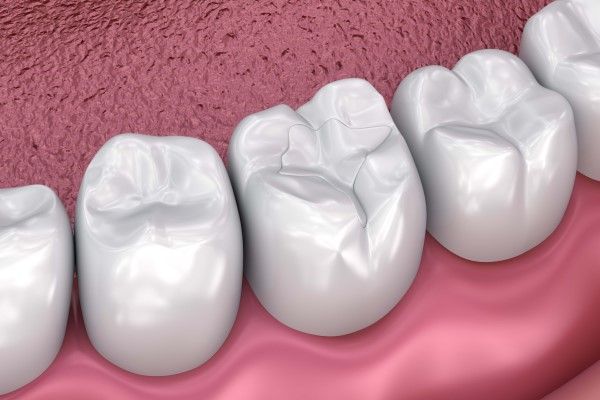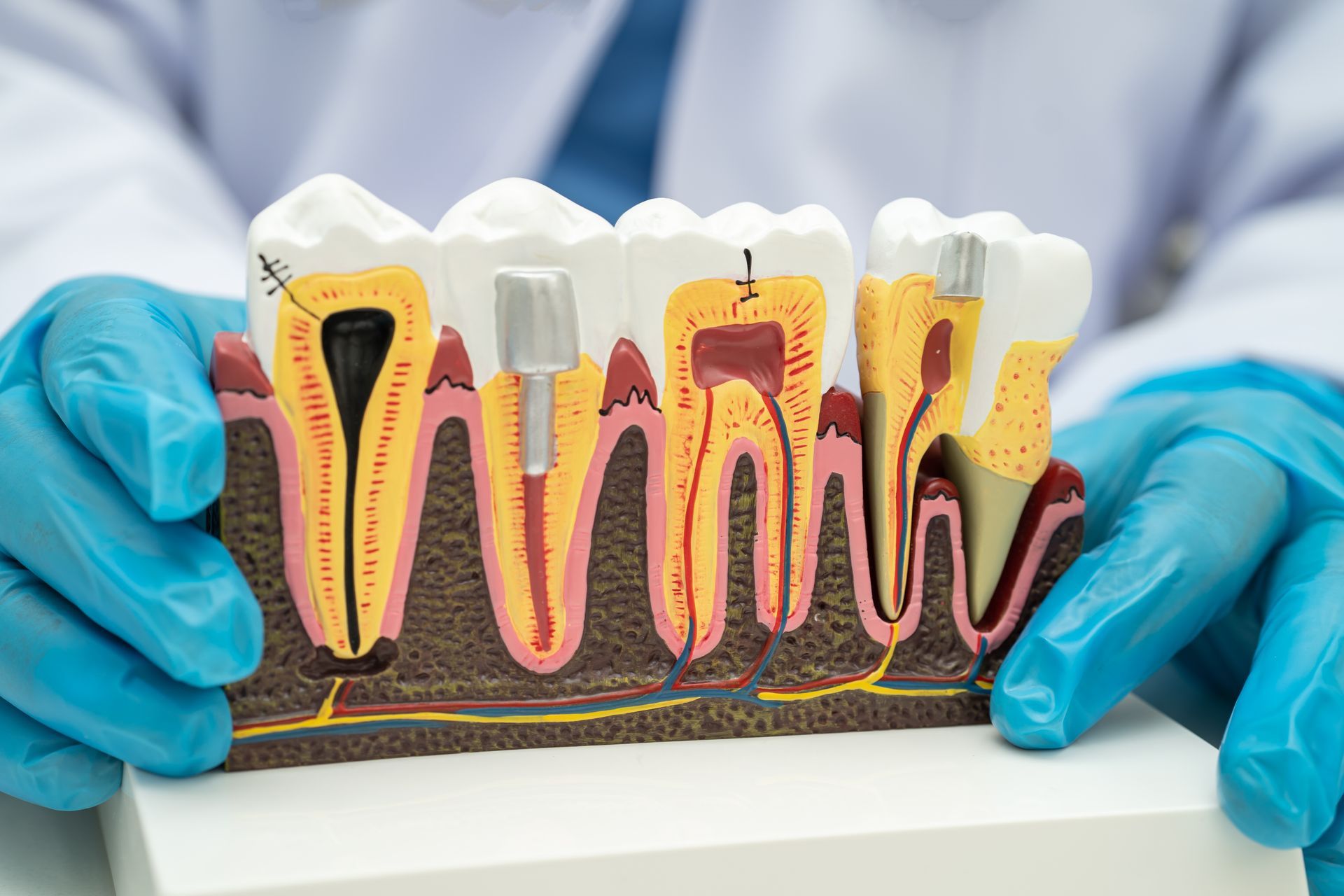How Dental Fillings Are Used by Dentists

A dentist can use a dental filling to restore a damaged tooth’s appearance and function. Cavity development is the main reason for getting this dental restoration. Discussing the most ideal type of filling with your dentist can maximize this treatment for you. The choice of filling material depends on your dental needs or preferences. If you want to find out how dentists use dental fillings, here are the details.
Glass ionomer
Dentists use this type of filling on young children with baby teeth. Glass ionomers only last for about five years. A dentist will place this type of filling into a cavity to prevent the worsening of a baby tooth’s cavity. The dental filling releases fluoride into the tooth as well to strengthen it. The fluoride also protects the tooth from bacterial infection.
Glass ionomer fillings are weak restorations. These fillings are prone to wear and cracks. This filling is often a dentist’s choice for front teeth. It is too brittle for restoring chewing surfaces.

Composite dental filling
This filling is one of the common ones available at the dentist’s clinic. Dentists use composite fillings to fill front and back teeth. These restorations are tooth-colored, allowing them to blend well with the patient’s natural teeth. The dentist will apply a composite dental filling while it is in a thick, moldable state. Hardening the filling with a curing or ultraviolet light will come next.
The dentist will then shape the composite filling. Polishing it will come next. This will make the resin material blend well with the surrounding natural teeth. Composite fillings are easy to get. Patients can have this treatment in one dental visit.
Ceramic filling
This type of dental filling is expensive. The price is high because it lasts long. It also has aesthetic value. Ceramic fillings can blend well with the surrounding natural teeth. These fillings are resistant to staining and abrasions. Even so, its brittleness makes it prone to breaking when the patient eats hard, chewy, or crunchy foods.
A dentist can use a ceramic dental filling to fill deep and wide cavities. This filling is for cavities too large for composite resin fillings. The dentist will need to enlarge the cavity further to make room for the filling. Another name for this type of dental filling is a dental inlay or onlay.
Silver amalgam
Many dentists have been using silver amalgam fillings to fill dental cavities. A silver amalgam dental filling consists of several types of metals. It has silver, copper, tin, and mercury. Half of the amalgam’s composition is mercury. A dentist combines this liquid filling with other powdered metals. This results in a moldable filling capable of filling the cavities without causing discomfort.
Gold dental filling
Dentists use this type of filling on patients who prefer the look and durability of gold. This filling does not corrode at all. It can even last for at least 15 years. Patients must go to the dentist for several fittings. That way, the dentist can be sure the filling fits well into the patient’s cavity.
The right dental filling can bring back your dental health
The primary goal of dentists is to help their patients maintain or regain dental health. One effective way to do this is to provide the right type of dental filling. This dental restoration can prevent cavities from worsening. An appointment with your dentist can determine the right type of filling for your dental needs.
Are you considering getting a dental filling in the Tucson area? Get more information at https://www.casasadobesdentistry.com.








